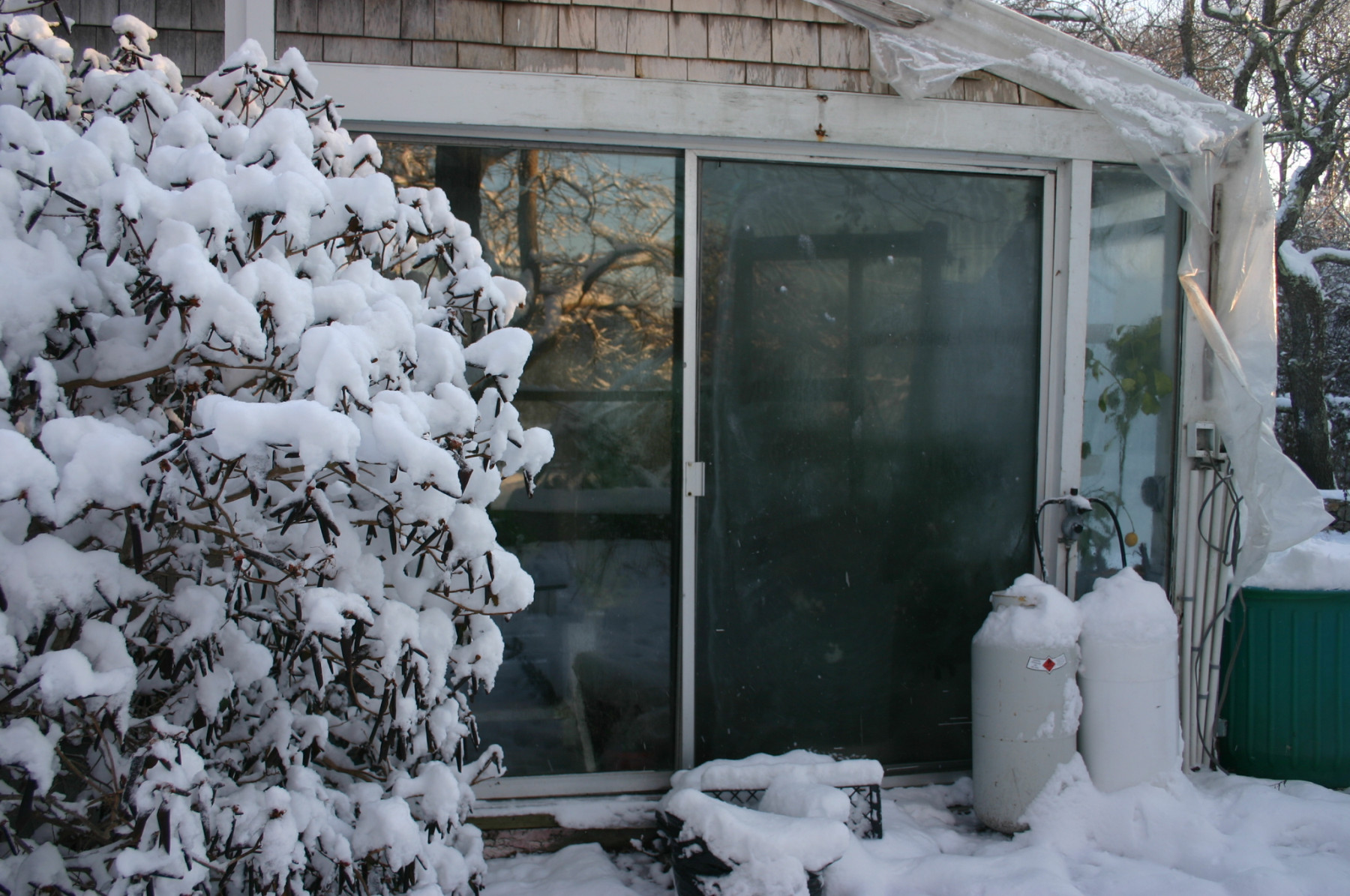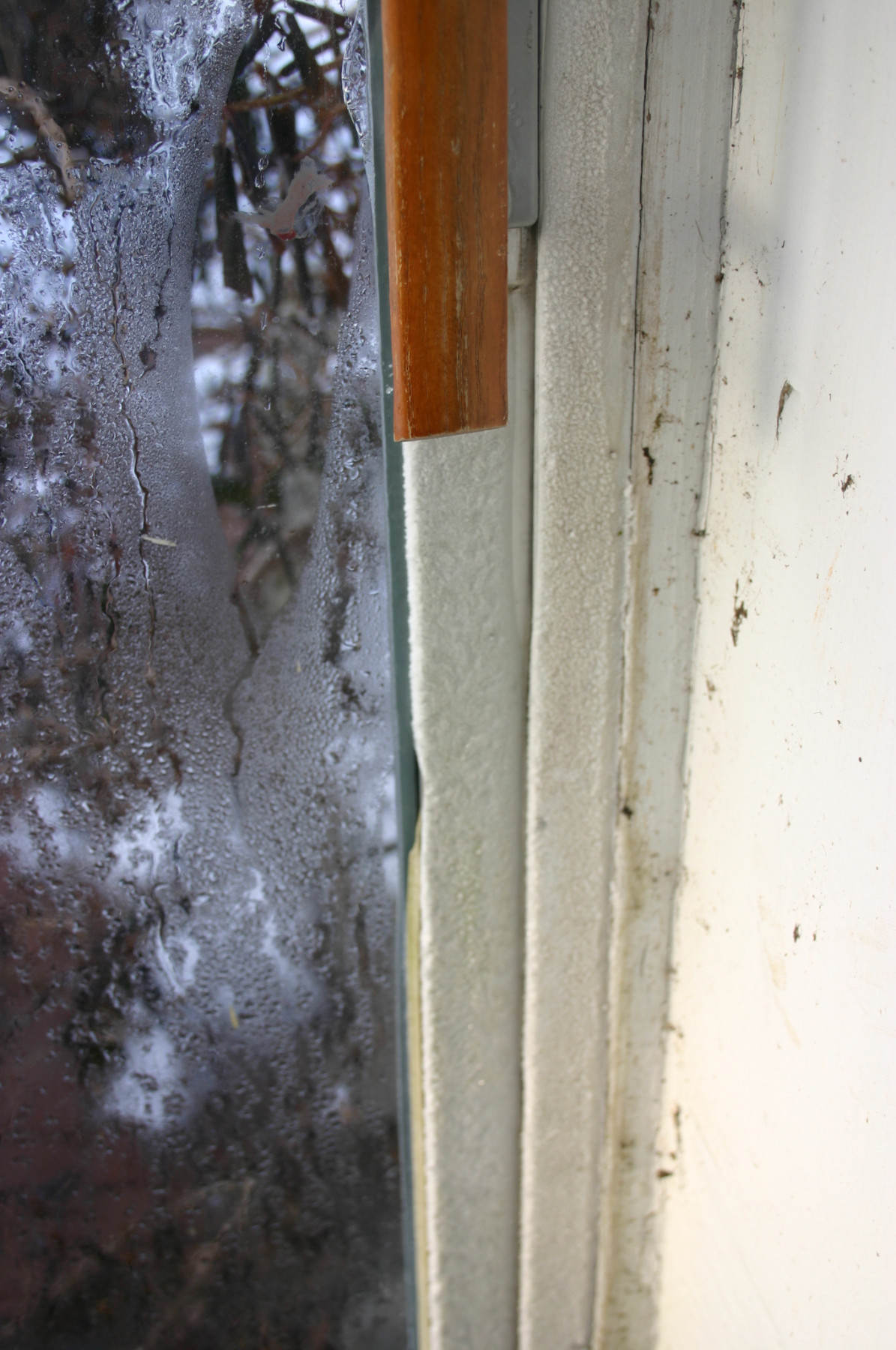
Here in New England, winters can be frigid, with temperatures sometimes dropping below 0oF (-18oC) and snow that can get three or four feet deep. If you, too, live in a cold winter climate and have greenhouse plants that must stay above freezing, you’ll need some form of greenhouse heat. For years, I used an open-flame propane heater to keep my greenhouse temperature no lower than 55oF (13oC). However, my heated greenhouse is attached to my office, making an open-flame heater a fire risk, so I switched to electric heat and let the temperature sink as low as 40oF (5oC). The cost is slightly higher, but the peace of mind is worth it. Consider this when choosing a greenhouse heating system for wintertime nights and overcast days. The big advantage of this greenhouse is I can escape into it without anybody noticing when I am supposed to be working!

In addition to giving your greenhouse plants some warmth in winter, you also need to keep them watered, although not as much as in summer because plant growth in winter slows significantly. The amount of water to give depends upon the plant. Citrus plants, for example, can be allowed to dry until the leaves curl slightly, but no further. Other plants, such as clivia, can be allowed to get even drier. In fact, some people don’t water clivia at all over the winter months. However, as soon as a flower stalk begins to show, you should start watering clivia again.
Bottom-watering is by far the best method, as long as the plant roots don’t sit in a pool of water and risk developing root rot. Heavy top-watering can encourage mold, mildew, and bacteria to grow, which can weaken or even kill plants. As a further safeguard against excessively damp plants, be sure to provide plenty of wintertime ventilation. You can use a fan set on low to circulate air throughout your greenhouse. If the circulating air doesn’t reach all corners, add a second fan. A heater-style fan can provide both warmth and ventilation but be sure to place it so it doesn’t dry out your plants too much.
With their low growth rate in winter, plants no longer need to be fertilized. In fact, wintertime fertilizing just forces growth out of season, which tends to weaken the plant. If you feel that you really must fertilize (because you have a cymbidium in full bloom, for example), add just a quarter to a third the normal amount. Think of winter as a rest period for your plants when regular feeding simply isn’t required any more.


